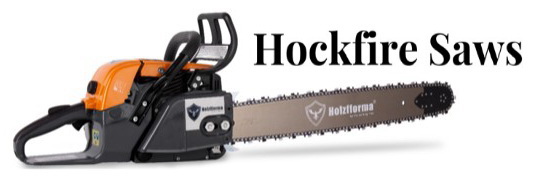MG porting
Pinnacle OPE Member
Mastermind would you rent me a pig I promise I won't make any bacon.
Thank you for that lesson and it definitely makes more sense to me now so basically that explains why these am carbs are such a pain in the behind to tune at idle so I'll be getting that straighted out and im guessing I'll still need to drill one of the holes out bigger to get the high speed side to allow more fuel at full throttle?As far as metering springs, you can trim some of the 'passive' coils at the ends of the spring to drop the pre-load on the spring (most springs have four passive loops at each end). Dropping the pre-load will allow the metering valve to come off the seat sooner - it will allow the ramping in of the low speed circuit sooner.
Trimming a few loops off the passive part of the spring is not a biggie because if you go too far, you can always put some shims back under the spring to increase the pre-load.
However, NEVER 'stretch' a spring to increase the pre-load as you can never 'un-stretch' a spring. - Just put a shim under it.
The metering spring only affects the 'ramping in' of the low speed circuit. It does not affect the high speed circuit. It is also usually irrelevant after about 1/4 throttle - the low speed circuit has been ramped in by then.
There are three things that determine how the low speed circuit ramps in. The pre-load on the spring determines when the metering valve starts to move, that is, the START of the 'ramp'. The spring rate (wire size and pitch) helps determine the RATE or 'angle' of the ramp. The size of the hole in the metering seat also affects the 'rate' that the low speed circuit comes in at. - For kart and boat racing, these three variables become very important for part throttle operation and torque coming out of a turn. With chainsaws, we can usually just get by with just tweaking the pre-load on the spring.
Ok this is interesting the Am spring is much shorter than the OEM spring and much titer wound very interesting.View attachment 211291 View attachment 211292
The am spring is way shorter than the OEM and when I put the OEM spring in it takes more pressure to move the metering lever so what the heck!There is less "spring" in the AM spring! Likely they used to look the same and it just never un flexed!
I was afraid you might say that so should I go ahead and try running the OEM spring or is it going to do what I think it's going to do and starve the carb of fuel?Uh oh, that is a significantly stronger metering spring in the OEM. I wouldn't go drilling the back of the main discharge nozzle just yet. It may be that the air bleed/transition holes in the low speed circuit are much smaller in the AM carb.
Both the low speed circuit and the high speed circuit contribute to TOTAL fuel flow through the carb. In other words, your fuel flow problem may be related to the low speed circuit running too lean.
Welcome to the wonderful world of carb tuning...
Ahhhhh ok sounds like a plan I'll be giving it a try see how it goes. To be continued.Try the OEM spring and see if the throttle response becomes terrible. That will help confirm that the air bleed/transition holes are smaller.
You're not in too bad a position if they are. You have the HD-17 carb that you like. So, pull the welch plug on the HD-17 and see what sizes it is running. Then drill the AM carb to the same specs.
You will need a 'micro-drill' set and a pin vise (and a couple of replacement welch plugs).
Where these type carbs become a real pain to mod is where you don't know what size holes to drill. Then it is pull the welch plug, drill, replace welch plug, see how it runs, then pull the welch plug, drill, etc. etc. etc.
Ahhhhh ok sounds like a plan I'll be giving it a try see how it goes. To be continued.
Ok I'll do as you say most likely Monday I could only hope that I can get lucky like that. Lol. Thank you very much and stay toond I my need to pick your brain some more after words. LolAfter you get the OEM spring in, see if you can open up the low speed needle. If you can get it to work, you may be able to save yourself a lot of work.
I worked on a saw that needed a heap of low speed flow to provide low end torque. The stock spring was too weak to even allow the saw to idle. I have a selection of springs and there was one for a stationary engine that was REALLY strong. I figured I would start with that and then trim it if it was too strong. I put the thing in and bloody hell, it worked perfectly, nice idle, good response, I couldn't believe it.
Heck yeah that's what I'm hoping for.Once you get it idling you will have to lean out the high speed needle. It will be interesting to see where it ends up.
Yes sir more low end is always a good thing.Well mate, you just might end up with a bit more low end torque to go with it!
Here's hoping it's in the ballpark.






